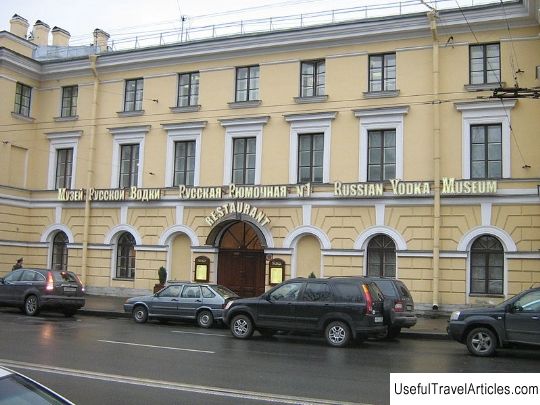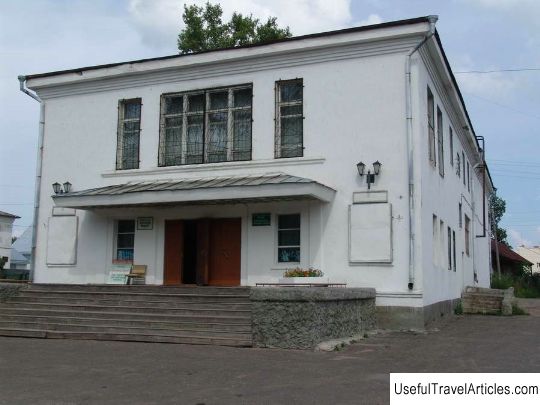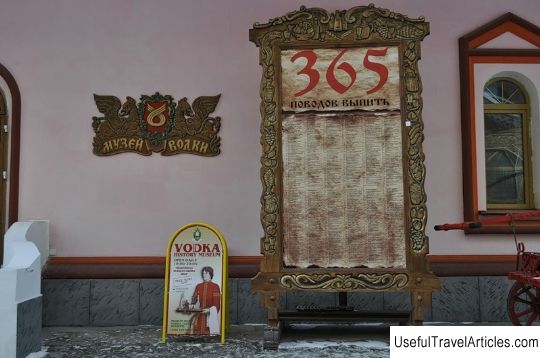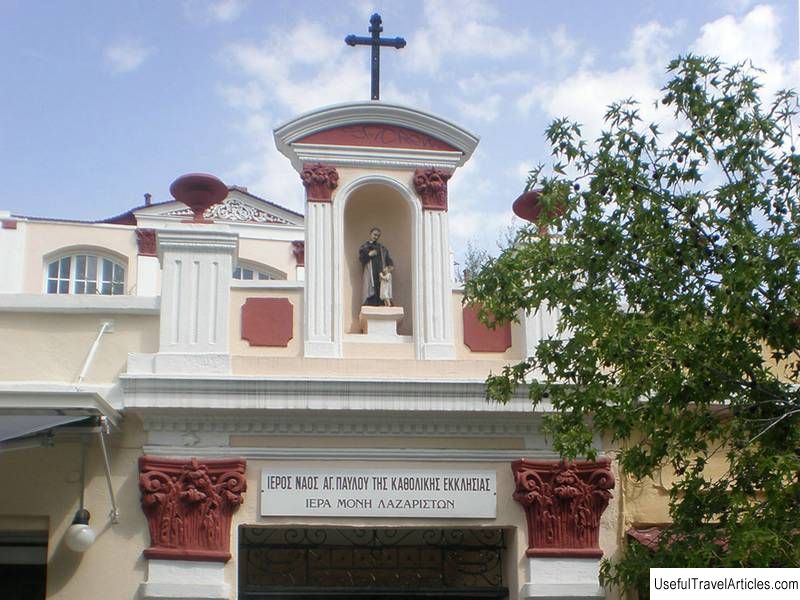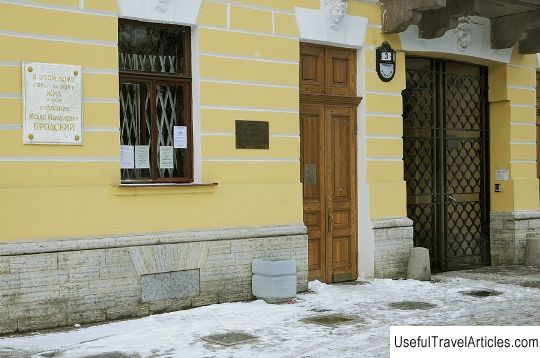Museum of Russian Vodka description and photo - Russia - St. Petersburg: St. Petersburg
Rating: 8,3/10 (705 votes) Russian Vodka Museum description and photos - Russia - Saint Petersburg: Saint Petersburg. Detailed information about the attraction. Description, photos and a map showing the nearest significant objects. Photo and descriptionSt. Petersburg, Konnogvardeisky boulevard, house 4 is the address of an unusual museum that has hospitably opened for visitors. The uniqueness of this museum is that it operates under the same roof as a restaurant in the central historical part of St. Petersburg not far from St. Isaac's Square. In tsarist times, this house housed several barracks and stables of the Life Guards Equestrian Regiment of His Imperial Majesty. But that's not all, the fact is that the museum is dedicated to the drink, which is considered primordially Russian and is the hallmark of Russia: the museum is dedicated to Russian vodka, it is called the Museum of Russian Vodka. It has become the first, not only in Russia, but also in the world, a museum whose expositions tell about the drink accompanying the most important events in the life of a Russian. For several centuries, the history of vodka has been inextricably linked with the history of the Russian state by the strongest ties. According to legend, monks from Constantinople brought the technology of making alcohol to Russia. There, alcohol was obtained by distillation from grapes. Since at that time grapes were not cultivated in Russia, the monks drove alcohol from the grain. Grain alcohol was no worse than grape alcohol, and in some respects even better, for which it received the name "water of life" (aqua vita). Later they didn’t call this “water”: bread wine, burning water, bitter water, burnt water, smoked wine. At first, perfumes and medicinal tinctures were made on its basis. When the great plague broke out, it occurred to someone to treat it with alcohol. Although treatment with alcohol did not help with plague disease, but there was still a partial minor positive effect. This is how the disinfecting properties of alcohol-containing liquids were discovered. The origin of distilling in Russia took place in the period from 1448 to 1478, when a technology was developed that made it possible to obtain grain alcohol. It was in 1478 that Ivan III introduced the first state monopoly on "bread wine" and the first "taverns" were opened. Peter the Great, thanks to the fact that he legalized alcohol consumption, received huge sums of money for the treasury that he for the arrangement of Russia in a European way. The prudent Empress Catherine allowed her nobles to legalize the clandestine production of vodka on their estates by introducing a ransom mechanism. Anyone willing to produce "bitter" paid the treasury a certain amount, and in return he was given the opportunity to brew vodka at home. Thanks to Catherine, many varieties and types of vodka appear in Russia. In the second half of the nineteenth century, vodka production took place on a grand scale, this branch of the economy became the most profitable. Russian vodka became known far beyond the borders of Russia. Russian scientists also contributed. The works of D.I. Mendeleev, who determined the golden proportion of alcohol and water content in vodka, which gave this drink a special taste. Forty-degree vodka was patented in 1894, and received the name "Moscow special". These and many other facts can be found out by examining the exposition of the museum. Here you can see the wax figures of monks from the Chudovsky Monastery located in the Kremlin, who received the first bread alcohol, old engravings, portraits of individuals who contributed to the development and formation of the production of "bread wine". The main part of the collection is represented by antique items of kitchen utensils, vessels, containers. The pearl of the collection are bottles (XІX century), made for distilleries by Russian craftsmen from porcelain and glass. Looking at them, it becomes clear that for a Russian person a feast is a real ritual rooted in the deep past of Russia.        We also recommend reading Museum of Montmartre (Musee de Montmartre) description and photos - France: Paris Topic: Museum of Russian Vodka description and photo - Russia - St. Petersburg: St. Petersburg. |
